Dibenzoyl-L-tartaric acid CAS: 2743-38-6
| Catalog Number | XD94219 |
| Product Name | Dibenzoyl-L-tartaric acid |
| CAS | 2743-38-6 |
| Molecular Formula | C18H14O8 |
| Molecular Weight | 358.3 |
| Storage Details | Ambient |
Product Specification
| Appearance | White powder |
| Assay | 99% min |
Dibenzoyl-L-tartaric acid, also known as DBLTA or Dibenzoyl-L(-)-tartaric acid, is a chiral compound with the molecular formula C18H14O8. It is the enantiomer of Dibenzoyl-D-tartaric acid and is widely used in organic synthesis and as a resolving agent.One of the main applications of Dibenzoyl-L-tartaric acid is its function as a resolving agent. It has the ability to separate racemic mixtures into their individual enantiomers, allowing for the isolation and purification of pure chiral compounds. This process, known as deracemization, involves the formation of diastereomeric salt complexes between Dibenzoyl-L-tartaric acid and the racemic mixture. These diastereomeric salts can then be separated, resulting in the separation of the enantiomers. This technique is particularly important in the pharmaceutical industry, where the separation of enantiomers is crucial for the development of safe and effective drugs.Dibenzoyl-L-tartaric acid is also used as a chiral auxiliary in organic synthesis. By attaching Dibenzoyl-L-tartaric acid to a substrate, it can influence the stereochemistry of a reaction, leading to the selective formation of a desired enantiomer. This is particularly useful in the synthesis of chiral molecules, such as pharmaceutical intermediates and fine chemicals. The presence of Dibenzoyl-L-tartaric acid as a chiral auxiliary can control the stereochemistry of reactions, allowing chemists to obtain enantiopure products, which are often required for their specific biological activities.Furthermore, Dibenzoyl-L-tartaric acid is employed as a chiral reference standard in analytical chemistry. Its known chirality and established properties make it a valuable compound for the characterization and quantification of chiral compounds in analytical techniques, such as chiral chromatography. Dibenzoyl-L-tartaric acid can be used as a reference to determine the enantiomeric excess or purity of a sample and to compare its chiral properties to other compounds of interest.In summary, Dibenzoyl-L-tartaric acid is a versatile compound with various applications in organic synthesis, resolving racemic mixtures, and analytical chemistry. Its role as a resolving agent enables the separation of enantiomers, aiding in the production of pure chiral compounds. Additionally, its use as a chiral auxiliary allows for the control of stereochemistry in organic reactions, facilitating the synthesis of enantiopure molecules. Furthermore, Dibenzoyl-L-tartaric acid is valuable as a chiral reference standard in analytical chemistry. Overall, Dibenzoyl-L-tartaric acid plays a significant role in the synthesis, purification, and characterization of chiral compounds, contributing to fields such as chemistry, pharmaceuticals, and analytical sciences.


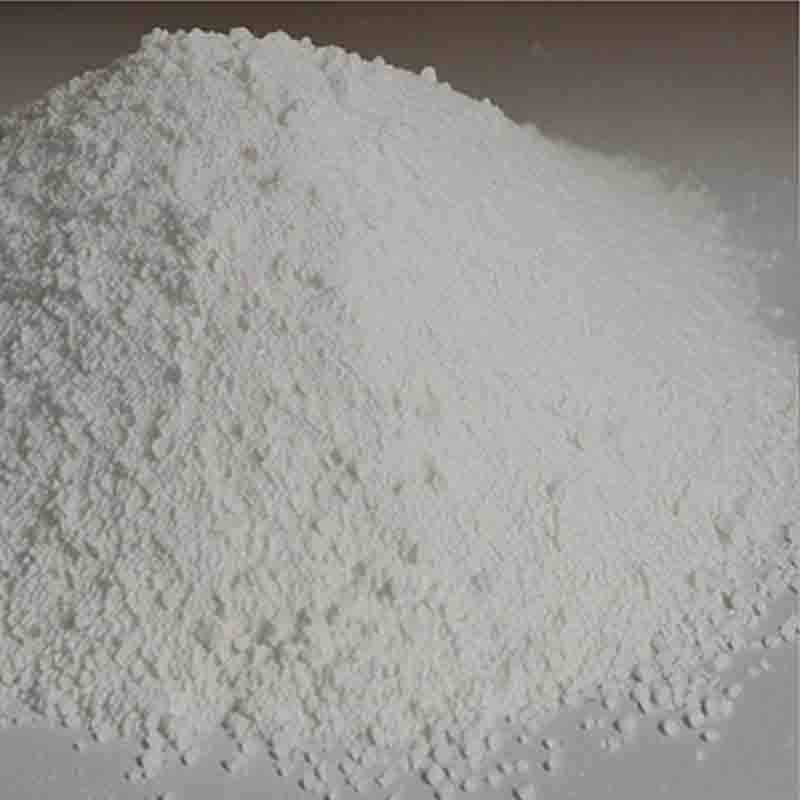

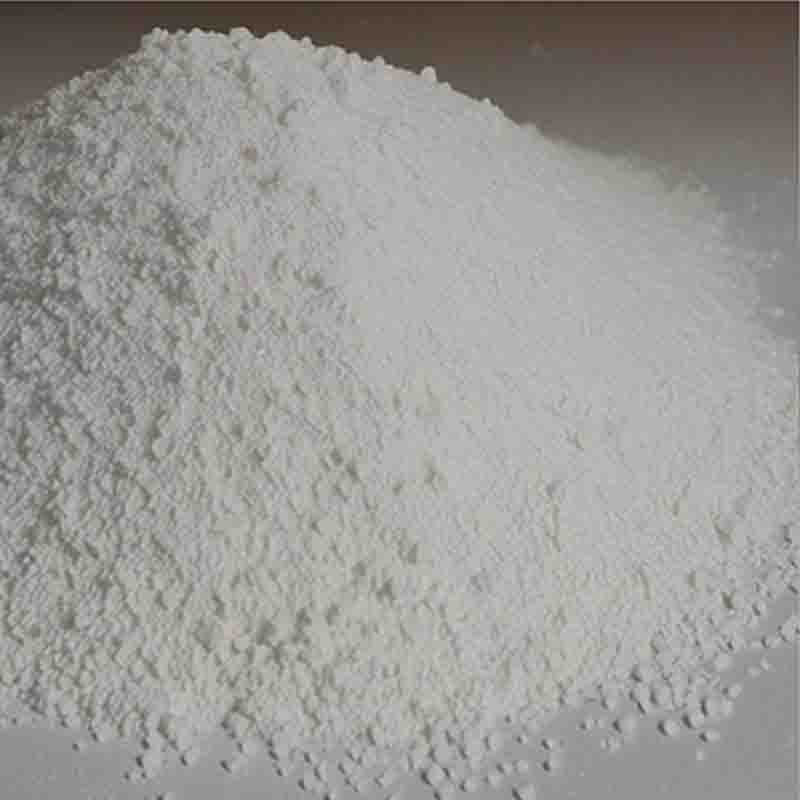
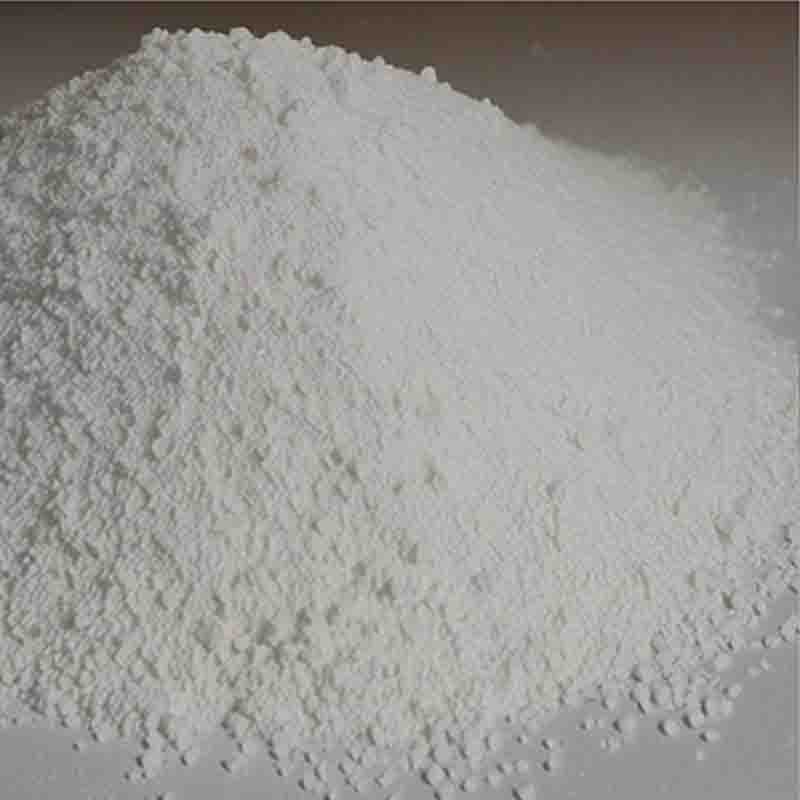
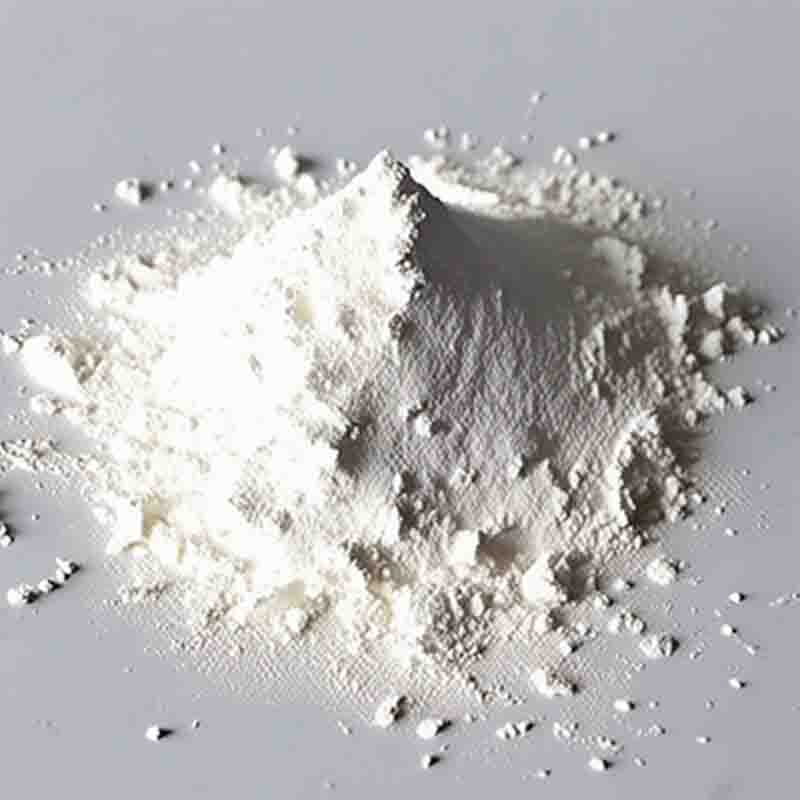
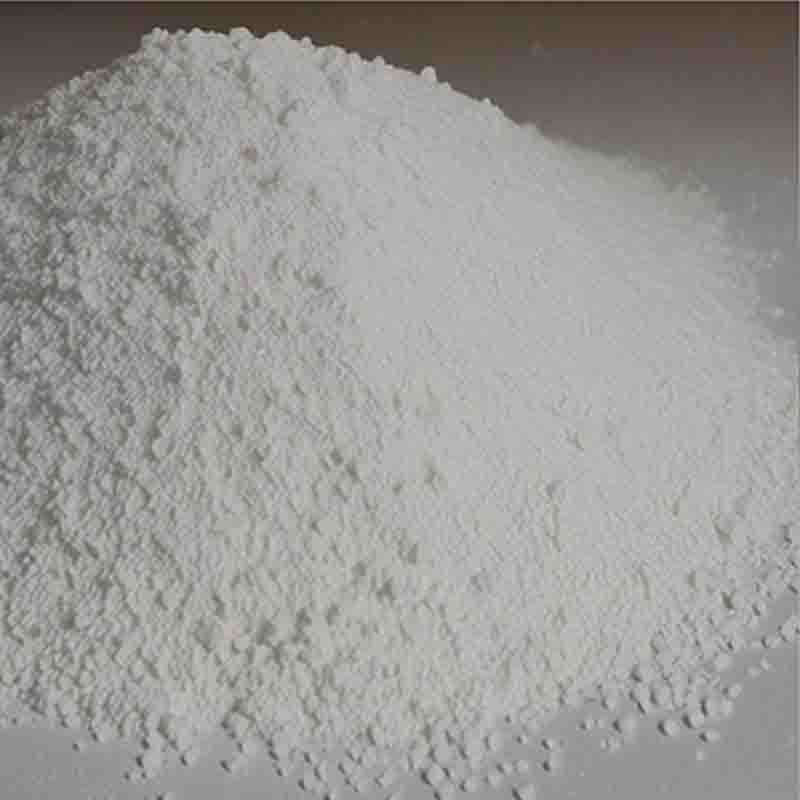
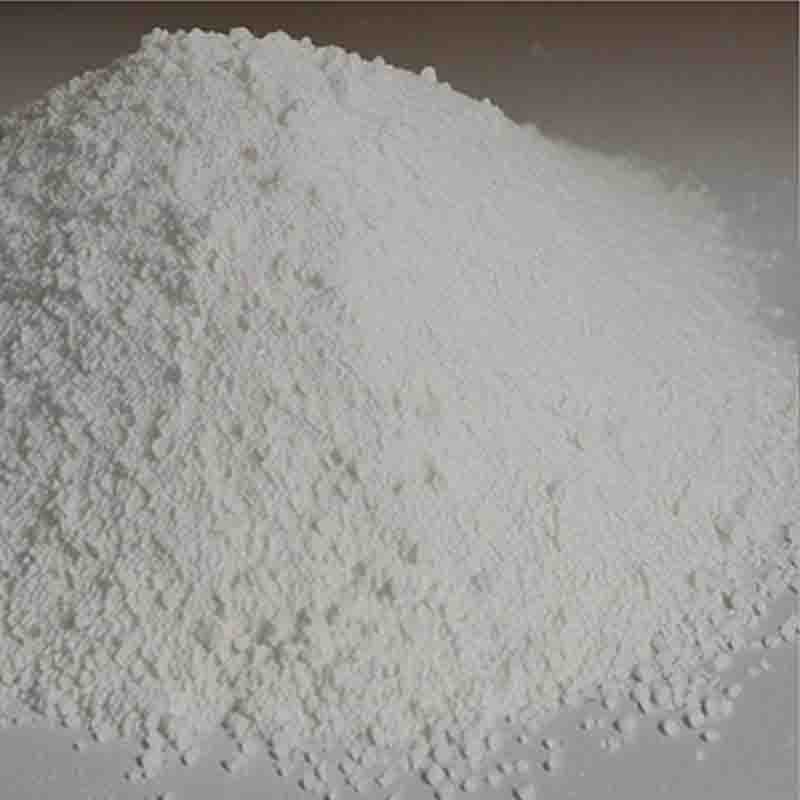
![Ethyl-2-Ethoxy-1-[[(2'-Cyanobiphenyl-4-yl) Methyl] Benzimidazole]-7-Carboxylate CAS: 139481-41-7](https://cdn.globalso.com/xdbiochems/白色粉末1212.jpg)